Cooking with Cannabis
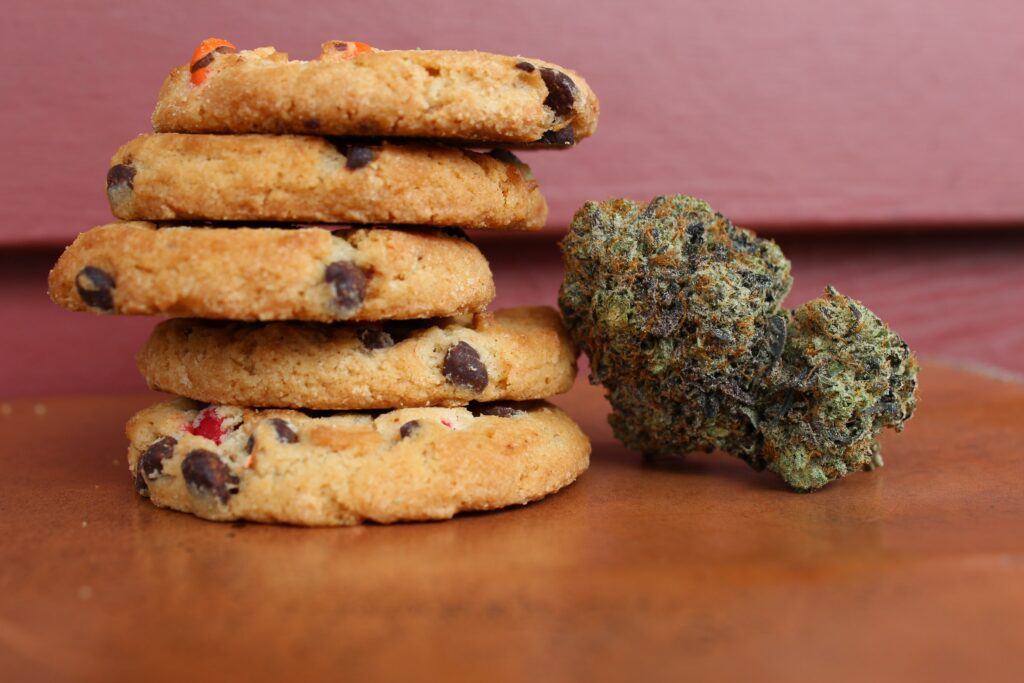
Ingesting cannabis, other than purchasing edibles, is a popular way to get the full effects while avoiding smoking and vaping. And what’s more, you can get creative with Cannabis Gastronomy using homemade recipes. By cooking with cannabis, you can extract the phytocannabinoids with vegetable or animal fats combine the pleasures of THC with your palate.
Cannabutter is a very popular ingredient used in cannabis cooking. Whether you make it yourself or buy it from a cannabis shop, it’s a great option for recreational or medicinal cannabis consumption.
While smoking, vaping, and dabbing are more widespread forms of using cannabis, eating it in your food is a safe alternative to smoking and preferred by a lot of people because there are no respiratory side effects. When consuming a cannabis food ingredient high in THC, it’s important to take responsible doses as the effects can come on quickly and be more intense. Through ingestion, it’s possible to get 100% of the effect provided by THC as opposed to 40% attained through combustion methods.
Making Your Own Cannabutter
You need to be a master baker to make legit cannabis butter. All you need is the right tools, some good bud, and a bit of patience. A typical dose to start off with is about 10mg of THC but you can increase this if you want a higher potency. To calculate the amount of cannabis to add for your preferred dose, use this highly useful online tutorial (it’s FREE!).
This recipe is suitable for 20-50 grams of cannabis trim that includes sugar leaves and small popcorn buds or 7-10 grams of quality bud.
Ingredients
Using unsalted butter is a great THC carrier but remember it burns easily, so you need to keep watch while it cooks.
500 ml water
250g butter
7-10 grams of cannabis
Decarboxylating Method
It is vital that you decarboxylate the cannabis first to convert the THCA to THC.
- Preheat the oven to 245ºF (120ºC).
- Place the buds on a non-stick, oven-proof tray and put it in the oven for 30-40 minutes. If you set the oven temperature higher, the decarb time will lower. But low and slow is recommended to preserve the THC.
- For every 10 minutes, gently shake the buds.
- When it’s ready, remove the tray and grind down the buds.
Cannabutter Method
- Add the water to a saucepan and let it come to a near boil.
- Before it reaches boiling point, turn the stove plate down to low heat and then add the butter (diced up into cubes).
- While the butter starts to melt, add the ground cannabis, and stir with a plastic spatula. Keep the saucepan on low heat throughout the process and do not let it boil.
- Stir occasionally while the mixture simmers for up to 2-3 hours (or until the butter has a thick, glossy consistency).
- Prepare a glass dish big enough to hold the mixture.
- Remove the saucepan from the stove.
- Get a sieve or colander lined with cheesecloth and pour the butter mixture through the cheesecloth into the glass dish. Let is filter through, which can take up to 10 minutes to strain the cannabis.
- Let the mixture cool until it is at room temperature.
- Place the glass dish in the fridge overnight or for at least 8 hours. You want the mixture to solidify and separate from any excess water.
- Drain the excess water and refrigerate the cannabutter in an airtight container.
Using the Cannabutter
There is no rule as to how long it will last, so to be on the safe side, try using it as soon as you can as a base ingredient for other recipes, such as brownies and cookies. To measure how much cannabutter to add, start with a tasting test. Ingest a teaspoon of butter and wait 45 minutes to an hour to gauge the effect.
If you find that it’s not potent enough, wait a few hours and then increase the test to 2 teaspoons. Whichever amount gives the desired effect will be the amount per serving (per brownie/cookie). So, if your baking recipe is for 12 servings then add 12 teaspoons of cannabutter.
After a bit of practice, you will figure out the right ratios and best recipes in which to use the butter. If you’re new to making your own cannabutter, your first few batches may be very potent or too weak. Keep experimenting, and always take notes of your ingredient measurements, cooking temperatures, and timing. Even the most subtle variables can influence the potency and flavor.

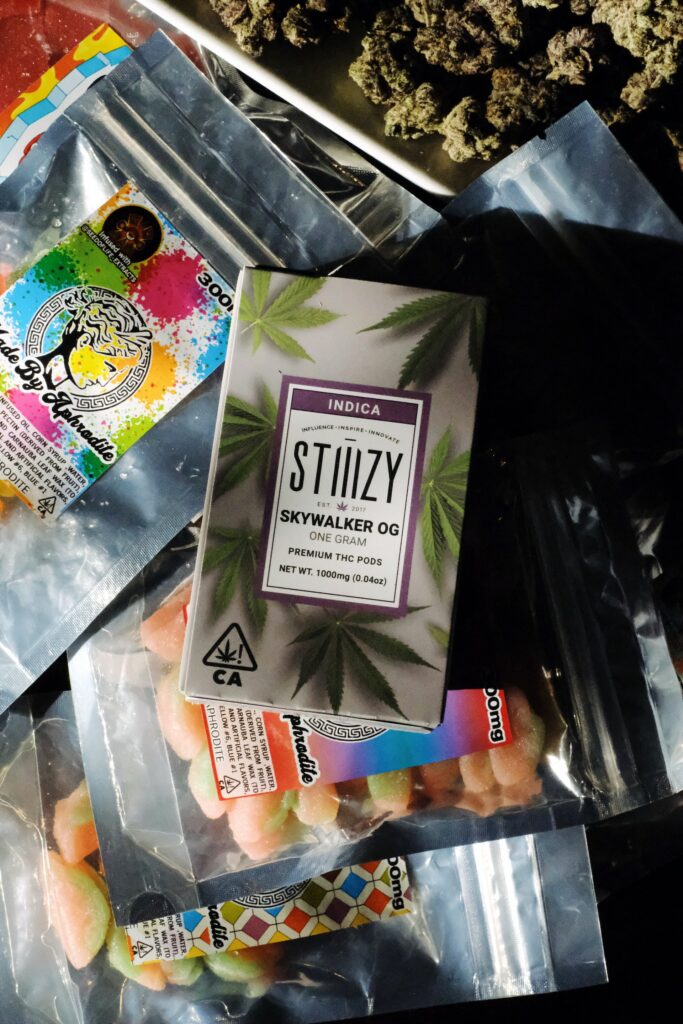
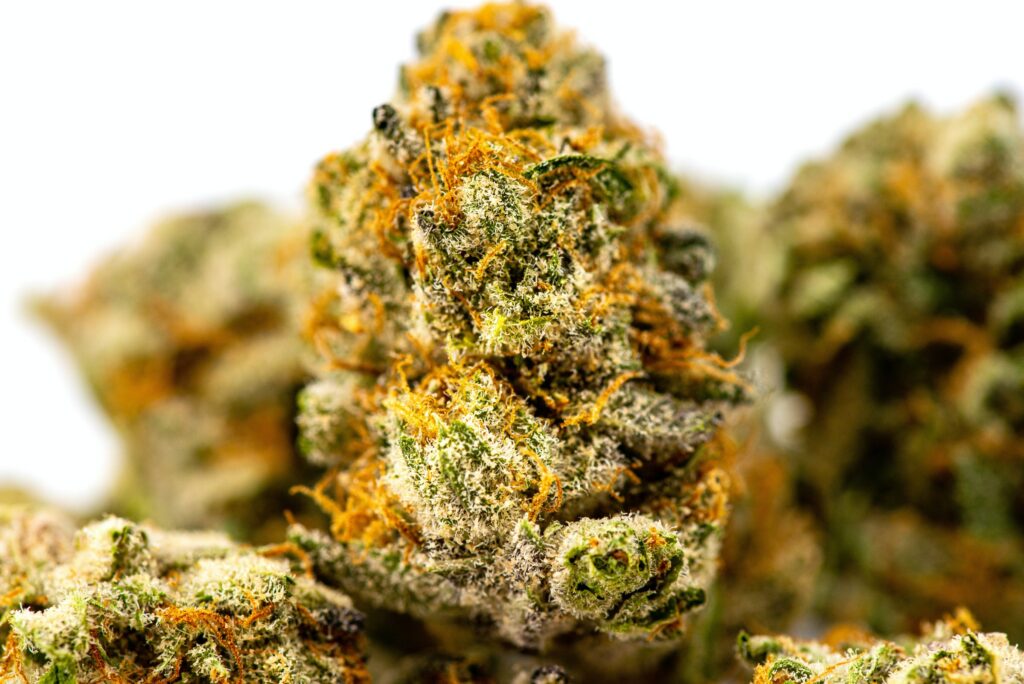

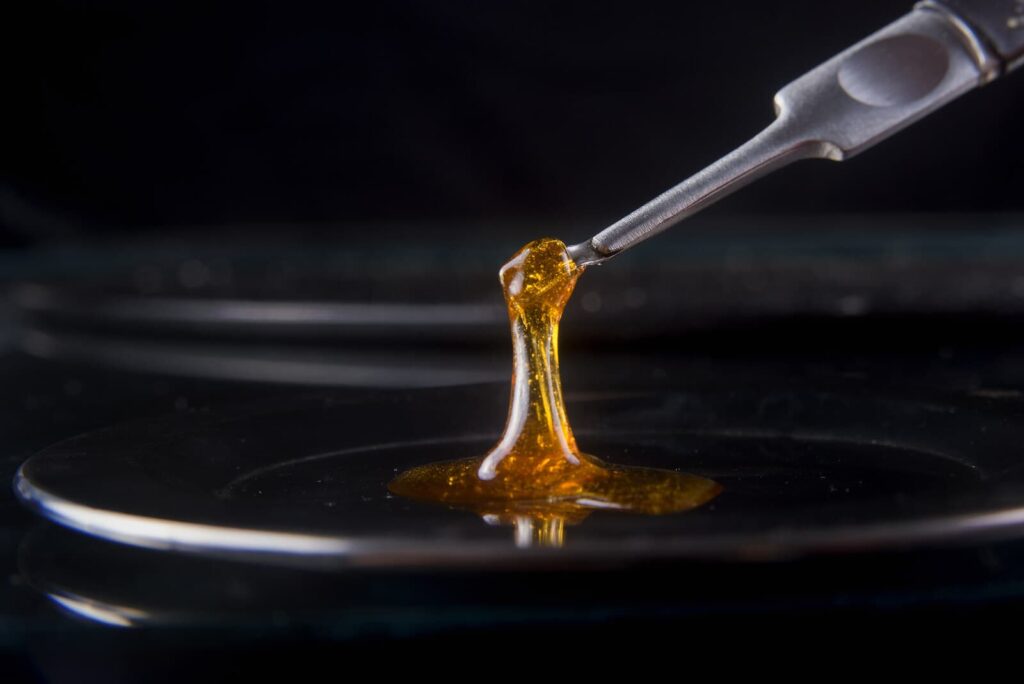
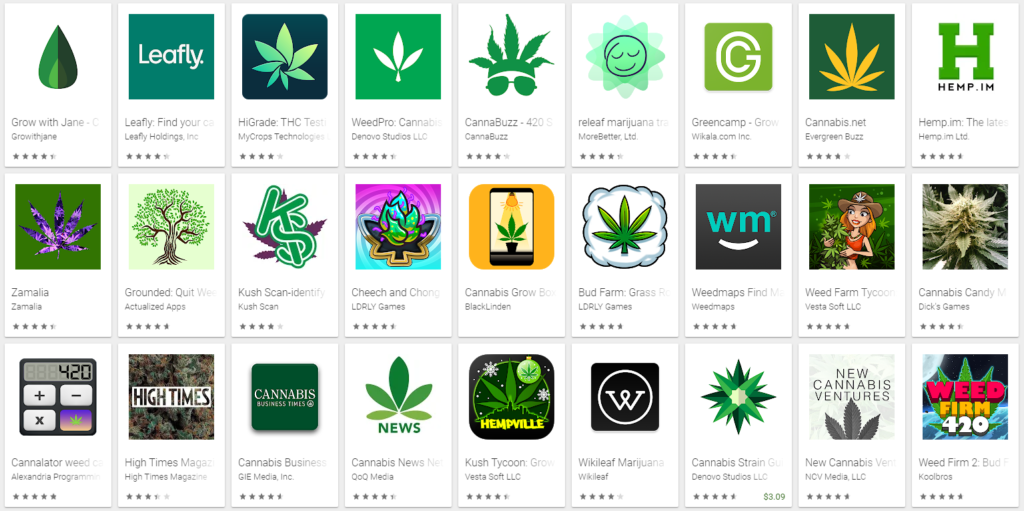
Responses